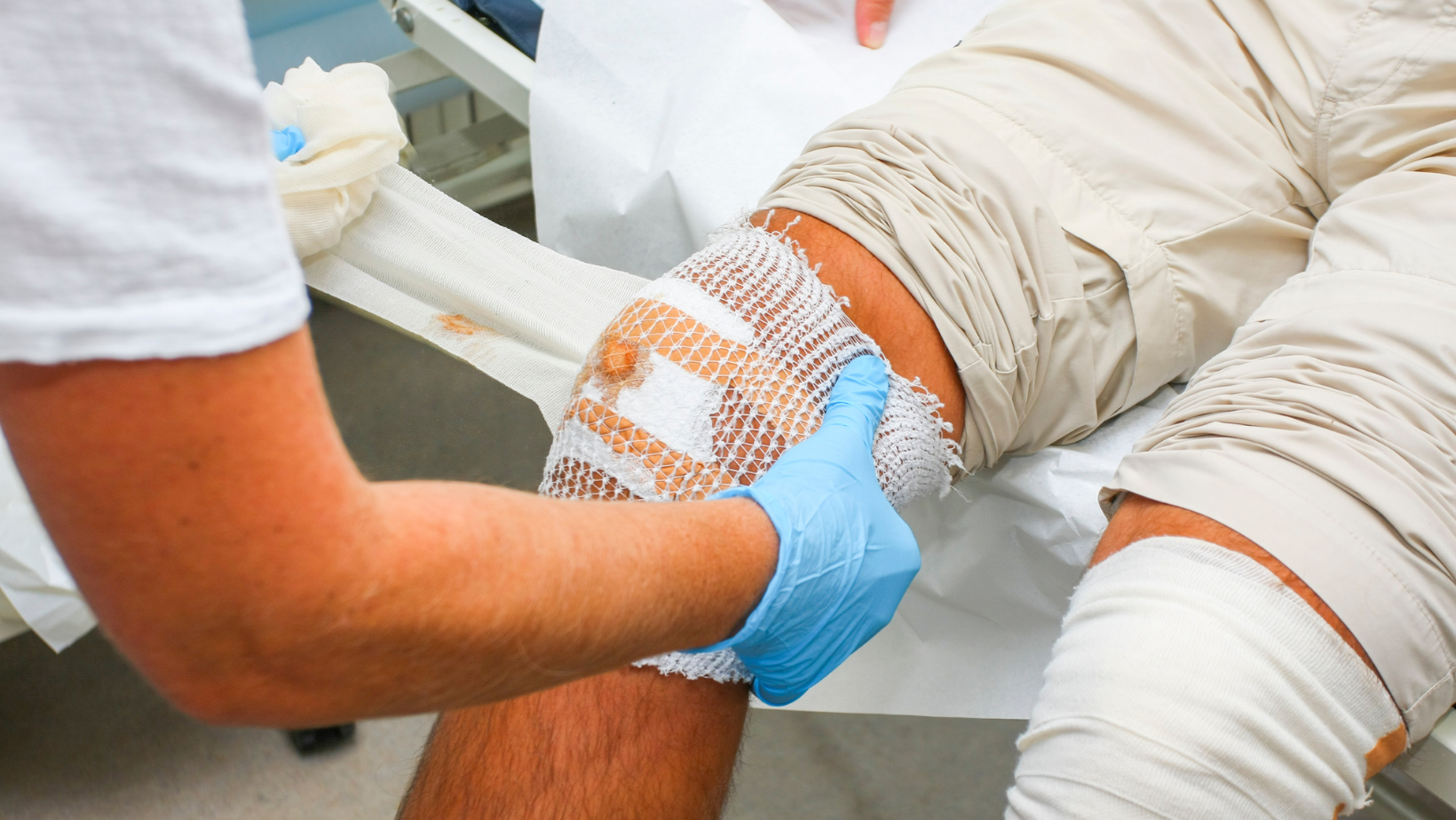Category
Wound healing is a complex and intricate process that the human body undergoes to repair damaged

Have any questions?
If you have any questions, feel free to contact us at [email protected]. A member of our support team will help you shortly.
Share this blog
Fatigue
Energy
Stress
Sleep
Wound healing is a complex and intricate process that the human body undergoes to repair damaged tissues. Understanding the factors influencing wound healing, the distinct phases involved, and effective treatment strategies is crucial for optimal recovery and minimizing complications.
Adequate nutrition plays a pivotal role in wound healing. Protein, vitamins (especially vitamins C and A), and minerals are essential for collagen formation and overall tissue repair.
Efficient blood circulation is crucial for delivering oxygen and nutrients to the wound site. Conditions like diabetes or vascular diseases impairing blood flow can impede healing.
Age can impact wound healing; older individuals may experience a slower healing process due to decreased cell turnover and collagen production.
Conditions such as diabetes, autoimmune disorders, and obesity can compromise the immune system and delay wound healing.
Certain medications, such as steroids and immune suppressants, can affect the body's healing ability. It's essential to consider medication side effects in wound management.
This initial phase involves blood clotting and inflammation. White blood cells remove debris and bacteria, preparing the wound for the following stages of healing.
During this phase, new tissue is formed. Fibroblasts produce collagen, blood vessels regenerate, and the wound gradually contracts. Granulation tissue, essential for healing, develops.
The final phase focuses on collagen restructuring. Collagen fibres align, and the wound gains strength. This phase can extend for months, optimizing tissue strength and flexibility.
Proper wound cleaning is crucial to prevent infection. A healthcare professional recommends mild soap and water, saline solution, or an antiseptic.
Regular dressing changes promote a clean environment for healing. The choice of dressing depends on the wound type, size, and stage of healing.
For minor wounds, topical antibiotics can prevent infection. However, their use should be under medical guidance to avoid resistance.
Keeping wounds moist accelerates healing. Wet environments promote cell migration and minimize scab formation, reducing the risk of scarring.
Compression can aid in reducing swelling and promoting blood circulation. Compression garments or bandages may be recommended for certain wounds.
Ensuring a balanced diet rich in proteins, vitamins, and minerals supports the body's healing processes. Consult a healthcare professional for personalized nutritional advice.
Removing dead tissue or foreign material from the wound, known as debridement, encourages new tissue growth and prevents infection.
Healthcare professionals may use stitches, staples, or sutures for deeper wounds to bring the wound edges together for optimal healing.
Advanced wound care technologies may be employed for challenging wounds, including growth factors, skin substitutes, and hyperbaric oxygen therapy.
Wound healing is a dynamic process influenced by various factors, and its successful outcome relies on timely and appropriate interventions. Understanding the phases of wound healing, addressing contributing factors, and implementing effective treatment strategies are essential for promoting optimal recovery and minimizing complications. While minor wounds may heal with primary care, complex or chronic wounds may require specialized medical attention. Consulting with healthcare professionals ensures a comprehensive approach to wound management, promoting healing and minimizing the risk of infections and complications. By prioritizing proper wound care and seeking timely medical advice, individuals can contribute to a successful and uneventful healing process, restoring the affected tissues to their optimal function.